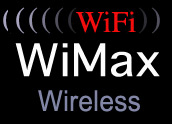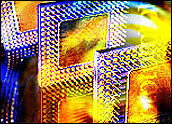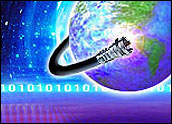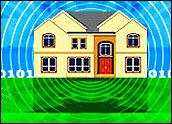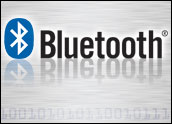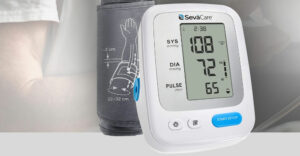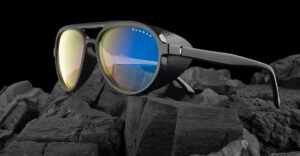
Nanotechnology is being developed that can read brain waves, communicate them to a computer, and, quite literally, take those thoughts and transform them into actions, experts tell TechNewsWorld.
There are a number of technology development firms involved in this field, including Cyberkinetics Neurotechnology Systems, and privately held NorthStar Neuroscience, Advanced Brain Monitoring, and NeuroBionics Corp.
According to Neurotech Reports’ market research report entitled “The Market for Neurotechnology: 2006-2010,” the neurotechnology market outlook is very positive.
Dramatic Growth
The report said the market for neurotechnology products is poised to become one of the most dramatic growth areas of the 21st century. Encouraged by medical developments and discoveries that cure disease, alleviate suffering, and greatly improve quality of life, many leading research institutions and health care firms have gained the world’s attention and respect in recent years.
Additionally, the report said that within the biomedical technology industries, there is one field that stands out not only for its promise of restoring function to human patients, but also for carrying over biomedical concepts and processes to the industrial and information processing sectors. “That field is what we call neurotechnology,” said the report.
Regarding investment potential, the report states that the field of neurotechnology offers the promise of generating significant venture capital interest and funding, despite the current depressed state of new technology ventures. “After the disappointing results shown by many venture-funded Internet, e-commerce, and dot-com firms that lacked a proven revenue base, technology-oriented venture capitalists will be looking for new opportunities in markets where the opportunities are relatively salient,” said the report.
Neurotechnology, with its promise and proven record at such tasks as restoring hearing to deaf patients and hand function to quadriplegics, offers such a clear opportunity, the study said.
The National Institute of Health (NIH) recently founded an Institute of Biomedical Imaging and BioEngineering, and overall funding for the NIH and medical research has been increased dramatically in the Bush administration. Privately funded research organizations, such as the Alfred Mann Institute of Biomedical Engineering, which was formed with a US$100 million endowment at the University of Southern California, will also help underwrite much of the technology risk, the report said.
The Brain Gate
Some “neurotech” companies are already well on their way to developing viable products for medical treatment. During a symposium last month in Europe, Cyberkinetics said it has developed a technology that it calls “The BrainGate System.” The technology is currently being tested in a pilot clinical trial for those who have lost the ability to speak as a result of ALS (amyotrophic lateral sclerosis) or another motor neuron disease (MND).
“In our new pilot trial, we are looking forward to testing the safety and feasibility of the BrainGate System in persons with ALS,” said Dr. John P. Donoghue, founder and chief science officer of Cyberkinetic Systems. “We are eager to see if the initial proof-of-concept obtained thus far in the pilot trial of the BrainGate System for those with spinal cord injury (SCI) can be extended to persons with ALS and other motor neuron diseases.”
The company also recently received FDA clearance to market their NeuroPort System, a neural monitor designed for acute inpatient applications and labeled for temporary — less than 30 days — recording and monitoring of brain electrical activity.
The technology is said to be able to contribute to the diagnosis and treatment of neurological conditions in patients who have undergone craniotomy by providing neurologists and neurosurgeons a new resource to detect, transmit and analyze neural activity. Investment in these technologies is likely to increase, experts tell TechNewsWorld.
Data compiled by NeuroInsights suggested that more than one in four venture capital dollars invested in the life sciences now goes to companies creating innovations in neuropharmaceuticals, neurodevices and neurodiagnostics.
Business Opportunities
NeuroInsights’ Neurotech Index, an equal-dollar weighted tracking index of 30 neurotechnology companies, is up 31 percent over a one year period, compared to a 7 percent gain in both the S&P 500 Index and the NASDAQ Composite. Information about the index is featured each month in Neurotech Insights.
A report by another research firm, ResearchandMarkets.com, indicates neurotechnology market nervous system disorders represent the largest and fastest growing unmet medical market, with 1.5 billion persons afflicted worldwide.

